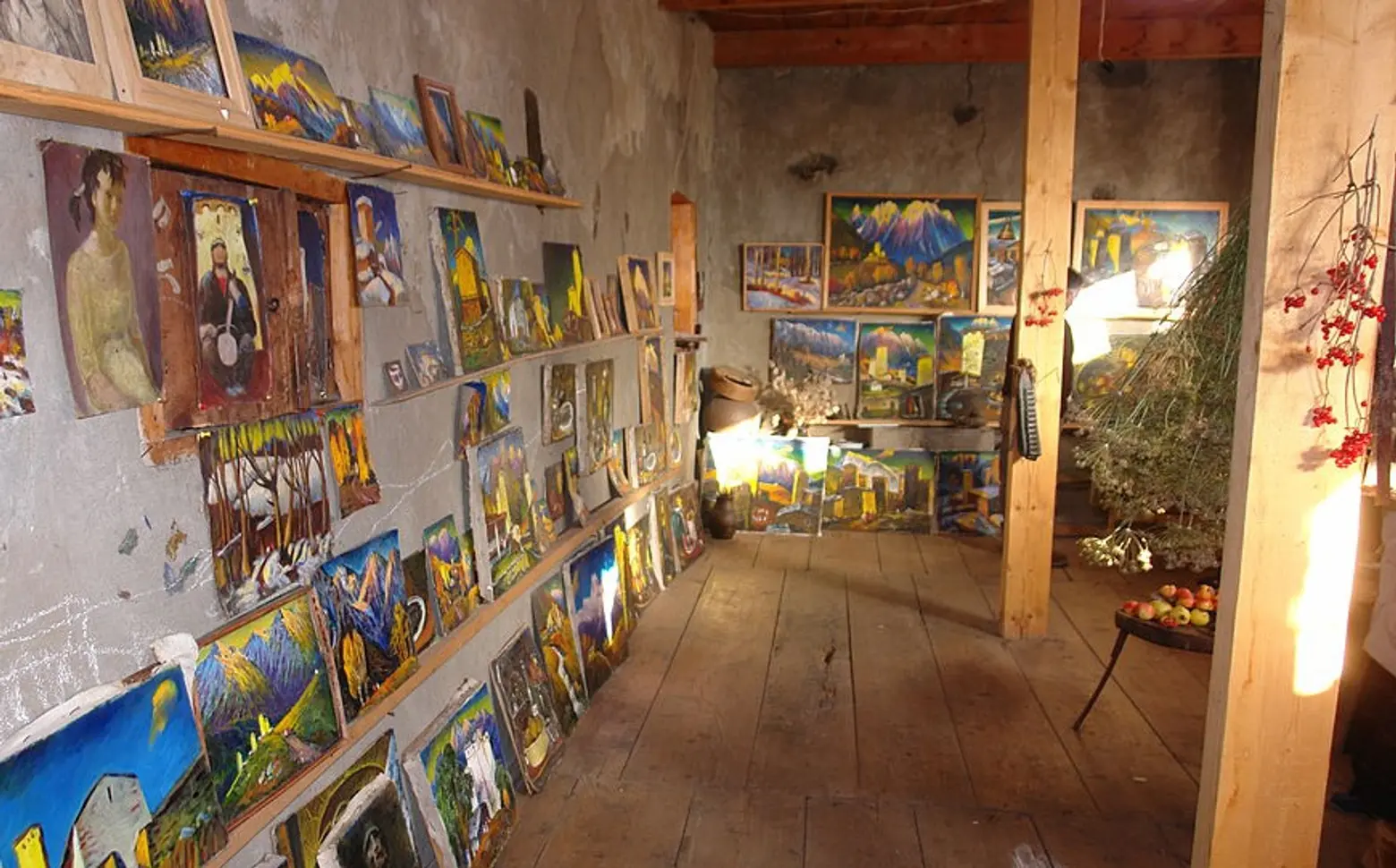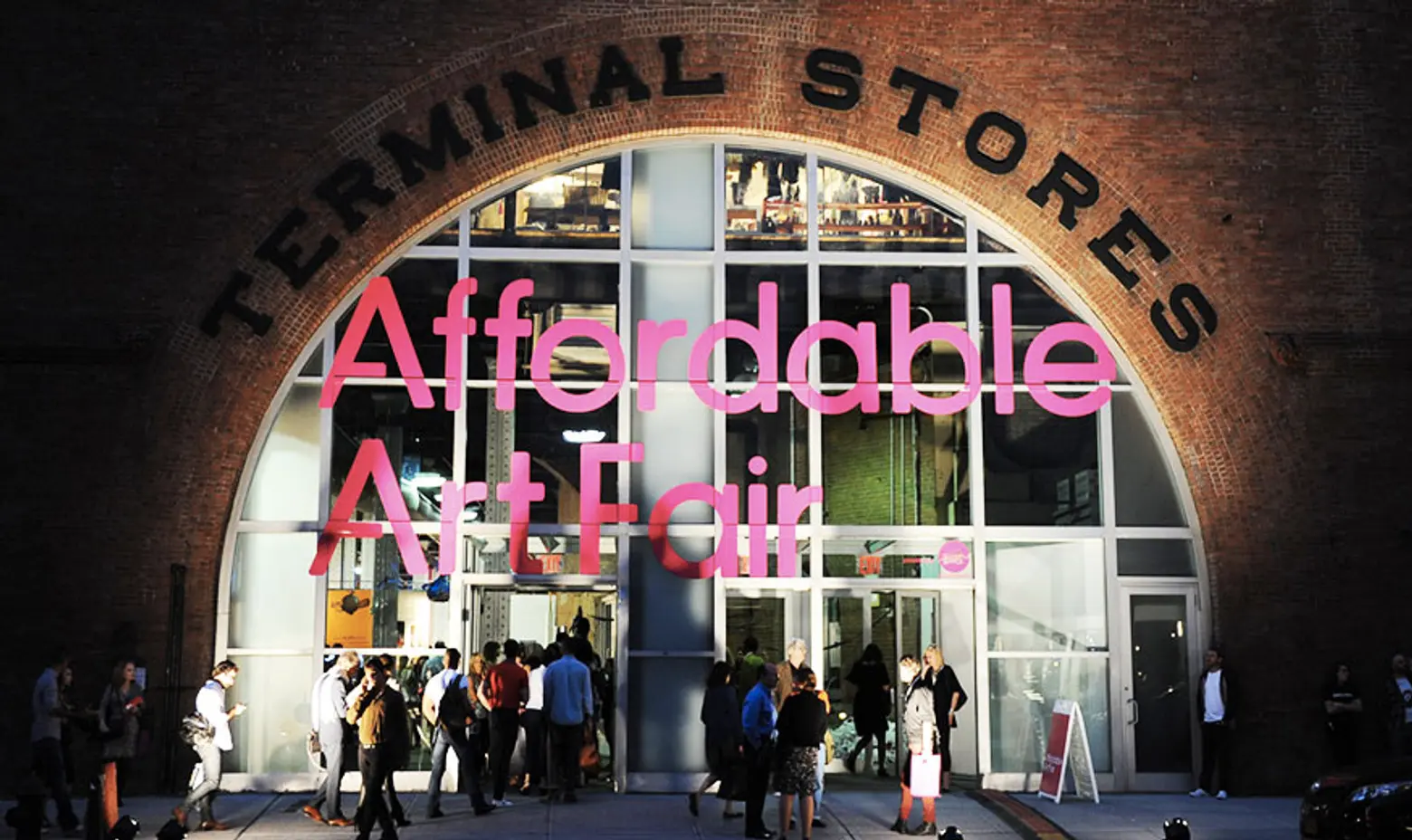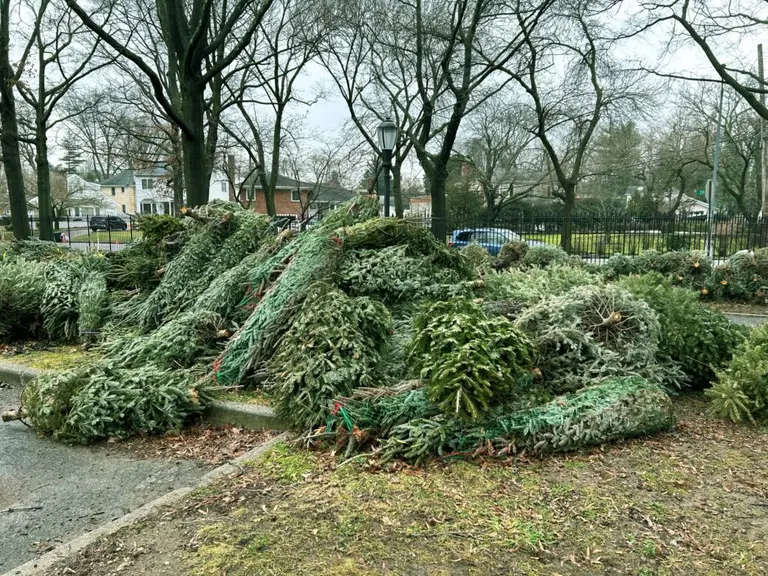How to start an art collection: A guide for new buyers and investors on a budget
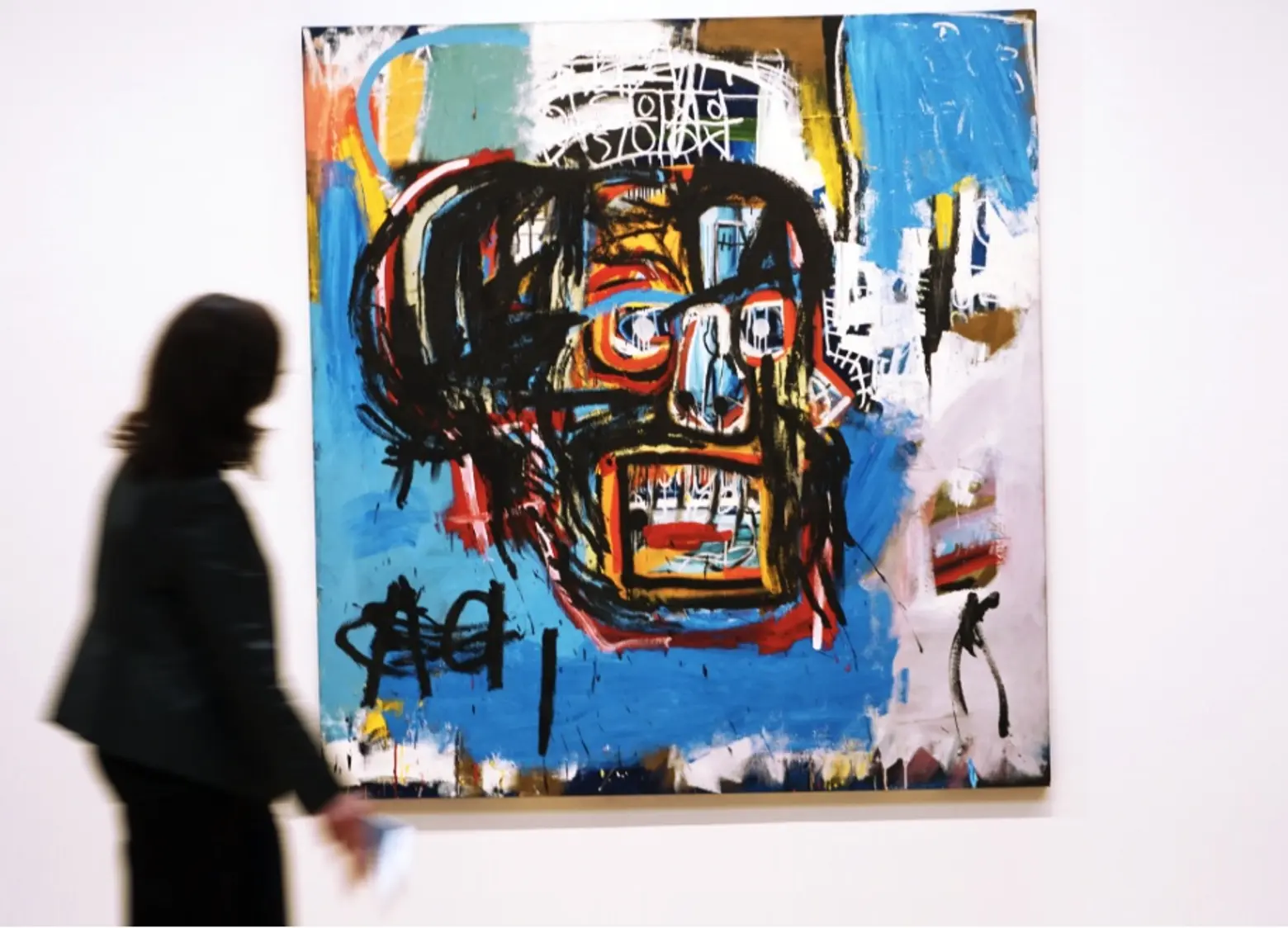
The Jean-Michel Basquiat painting that sold for $110.5 million at Sotheby’s. Image courtesy of Sotheby’s
Our ongoing series Apartment Living 101 is aimed at helping New Yorkers navigate the challenges of creating a happy home in the big city. This week we have tips on how to start an art collection for both fun and future profit.
In May 2017, Jean-Michel Basquiat’s 1982 painting of a skull sold for a mind-numbing $110.5 million at Sotheby’s, becoming the sixth most expensive work in history to sell at auction. In fact, Sotheby’s is known to record billions of dollars in art sales annually fed by wealthy art enthusiasts clamoring to hang the most rarefied of works.
But for us plebeians who find the thought of buying fine art alluring but lack the finances needed to bid on a Pollock or a Picasso, what options are available to us?
Ahead, Krista Scenna, an independent curator, gallerist and co-owner of Brooklyn’s Ground Floor Gallery, gives 6sqft the low-down on how regular folks can begin to build a museum-worthy art collection on a budget. Addressing everything from how to vet emerging artists for value to the top three questions you need to ask yourself before you even begin your hunt to simply why you should invest in art in the first place, if you’re new to the world of buying art, this guide is for you!
First, why should someone invest in art?
Krista: If you live in NYC, owning work from an artist living and working in your city, particularly one who is thinking about similar issues as you, is an incredible way to experience contemporary culture and everyday life. Art can be more than just a decorative object, it can serve as a conversation piece that reflects the times, and it can be something that has meaning and connects you to what’s going on around you.
By owning art you also have a personal connection to the maker—you aren’t just investing in an artwork but you are investing in a person. With art, there is a unique relationship between a buyer and the artist that doesn’t really exist with many other objects. When you are purchasing art from living and working artists, that’s really a vote of confidence for them, especially if they are building clientele, building their portfolio, and getting their name out there. It’s a very meaningful act for both you and for the artist.
For example, I remember doing an art fair in 2015 and it featured independent curators and mostly emerging, underrepresented artists. I curated a show for that event and one of the artists in my exhibition was Amanda Valdez. I learned about her work when she was at Hunter College and I followed her since, so being able to work with her was very gratifying for me as a curator. But when I was gallery-sitting one day at the fair, two gentlemen came to me who had also met her at Hunter and owned her work. They made it a point to come out and see her latest art and to support her. This was a great example of that symbiotic relationship—them meeting her when she was just a student, buying her work even though it wasn’t financially valuable, and then continuing to follow her. She’s now represented by Denny Gallery and has an active exhibition roster and a solid collector base. The purchases made by those two collectors helped her get to that place.
On a less serious note, investing in art is just fun! This is especially true when you’re not dealing with extremely expensive artwork that will burn a hole in your pocket. You can and should buy a piece just because it intrigues you. And then, of course, you never know whether it could be worth something more financially in the future.
THREE THINGS TO ASK YOURSELF BEFORE YOU BEGIN YOUR HUNT:
Krista says knowing the answers to these questions will help add structure to your search.
- What is my budget? Establishing your budget is the most important first step because art can run anywhere from $25 to $25,000 and beyond. A budget will define what is available to you and where you should look.
- What is my goal or motivation? For example, maybe you want your first piece of adult artwork to build a collection. Or maybe you are looking to make a profit down the line. Or perhaps you are trying to create a “look” in your space. Figuring out why you want to buy art will help you hone your search.
- How much time do I have? Are you busy with work with just a few hours to spare here and there? Figuring out how much time you have at your disposal will help you prioritize where you should look first, particularly in relation to your goal or motivation.
If you’re someone who knows nothing about art, where do you even start?
Krista: To start, you should see as much work as you can and educate your eye so you can get a sense of what you like and don’t like. There are a few ways to go about this:
#1: In a lot of neighborhoods—mostly in Brooklyn and Queens—there are open studio events throughout the year where artists will invite the general public to see what they’ve been working on. Bushwick Open Studios, Gowanus Open Studios, Greenpoint Open Studios, and LIC Arts Open are some of the most popular. At these events, you have a great opportunity to meet active artists that are making all kinds of work in all kinds of genres in all kinds of media. You can also buy work if you’re so inclined. Most artists will have pieces that are for sale and they’ll be happy to work with you and your budget. For a novice, these open studio events are an easy, accessible, and unintimidating way to learn about contemporary art because you get to speak directly to the artists.
#2: There are quite a few non-profit organizations that work in the arts. NURTUREArt is based in Bushwick, there is Arts Gowanus, chashama, and WAGMAG, for example. Every year they host benefits where artists will donate artwork to help raise money for the organization. So the way it works is that the artist donates a piece and then you buy a ticket—generally between $200 and $300—and you go home with one of the artworks on show. It is very easy, very straightforward, and everyone wins. I feel like this is one of the best-kept secrets because often the artwork is worth a lot more than that ticket price that you pay. This is because the artist has a relationship with that non-profit and wants to give back to them, so they are creating an original piece to help that organization raise money. These types of events are also a good way to learn about different artists because typically there will be a 100 or 200 smaller works on display for the night. It’s really like one-stop shopping.
#3: Go to the art fairs. For new collectors or people who are completely new to the art world, the Affordable Art Fair is number one. A lot of the work comes straight out of the studio and all artworks have to be priced under $10,000.
#4: Look online. I’m not a big proponent of buying artwork online, but I do see its merits. My gallery has also had some success with online sales, so I understand that it’s growing in popularity and that it’s very valid. Some notable sites include:
- 1st Dibs. It’s a website that specializes in luxury, mostly like jewelry, designers items, and high-end furniture, but they also sell art as well and they have quite a few galleries that have signed up. They also have a whole range of price points.
- Artsy.net is another great online art space that has quite a few works by emerging and established artists represented by galleries worldwide.
- 20X200 is a long-running site that is still going strong. But you can only purchase prints.
- Etsy. You can find all sorts of original pieces, and even custom work, at very affordable prices.
- Instagram. Once you have a better grasp of what you like and what you don’t like, you can start buying working directly from artists on Instagram. Instagram is an excellent way to get to know artists and to see what they are working on.
What if you want to have a cohesive art collection?
Krista: Yes, sometimes you don’t want to just buy a piece just for the sake of buying but rather you want to create a “whole look” or a “whole feel” within your home. I think that’s an excellent approach and I think that also makes starting an art collection more manageable because you can begin to think about an “anchor piece.”
So, first, evaluate the space in your apartment and decide where you’d like your anchor piece to go. That one piece you choose will then be the point of departure for the rest of your hunt. In the context of the gallery, this is sometimes how we think about large, group exhibitions. And for those who need a lot of structure, this will also help guide the process so it’s not this unwieldy, willy-nilly adventure that feels overwhelming.
Is hiring an art consultant worth the money?
I do think art consultants can be extremely helpful, but I think before you hire one, or in tandem with your work with one, you should begin to develop your own eye so you have a sense of what you like. In living in NYC, you have access to tons of art and artists. It makes a lot of sense to find some time to just go out and discover what intrigues you. Then in working with a consultant, you’ll be more informed in the process and be able to say, for example, “I’d like to delve more into photography,” or “I like landscape paintings.” An art consultant really is there to be a matchmaker.
What if you want to buy art as a financial investment?
Krista: If you’re looking to make money, there are no guarantees when you’re working with the emerging artist market or community. If you are hell-bent on ensuring that you get a return, then you would need to start working with artists that are more mid-career or more established. With that, of course, the work will be more expensive. But that’s also because the artist has been vetted by galleries, or maybe an auction house, so more boxes have been checked off, if you will. And if financial gain is your prime motivation, it will be harder to have fun or enjoy collecting art from lesser known artists.
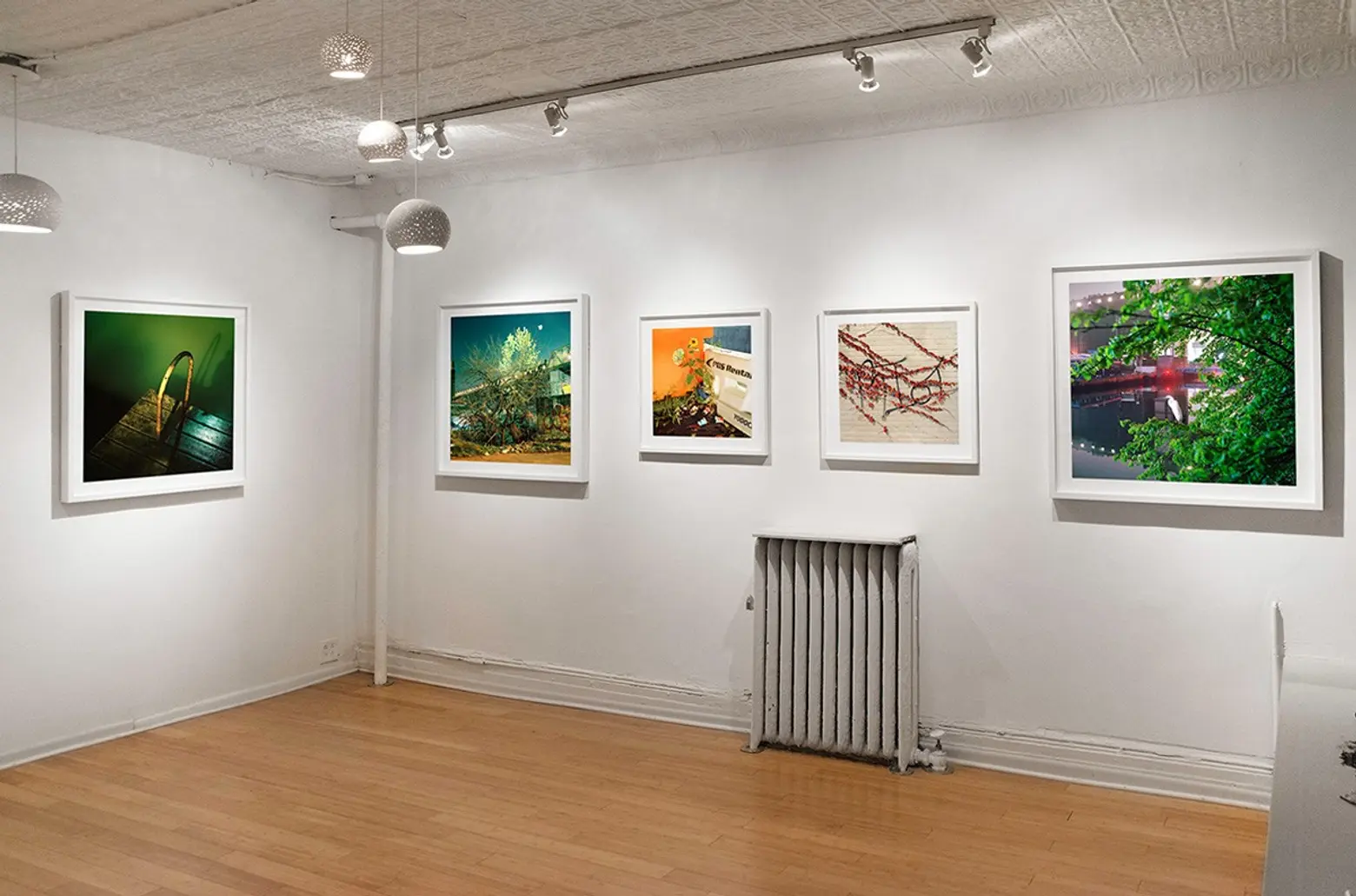 Image courtesy of Ground Floor Gallery
Image courtesy of Ground Floor Gallery
What should you look for in a new artist if you want to invest but can’t afford to buy work from mid-career or established artists?
Krista: If you’re considering buying work from an emerging or underrepresented artist, there are some things to pay attention to. First, look at their CV and see if they’ve had any solo shows, if they’ve done artists residencies, if they are showing in group exhibitions, and if they’ve received any press attention. The mention doesn’t need to be in the New York Times, but local press or any type of write up is impressive because it is very competitive in New York City. All of this will show you if they’re active and if they’re committed to their profession and getting their name out there.
Another big thing is that they need to have a website. Our gallery tends to not work with artists who don’t have a website because, one, it’s logistically very difficult in terms of accessing information and images; and two, it shows less commitment on their part. In this day and age, every time you meet somebody you Google them, right? You want to see a portfolio, past exhibitions, and new work.
Is it ever a good idea to buy off-the-shelf art from, say, IKEA or Target?
Krista: I never like to generalize, but I think what people don’t realize is that the same amount of money that you’re spending on that kind mass-produced work can be applied to original artwork by a lot of up-and-coming artists. I think it’s worthwhile to investigate some of those options before you go for what seems easy. You don’t have to have big pockets to start collecting work or to own an original piece!
[Answers have been edited and condensed]
+++
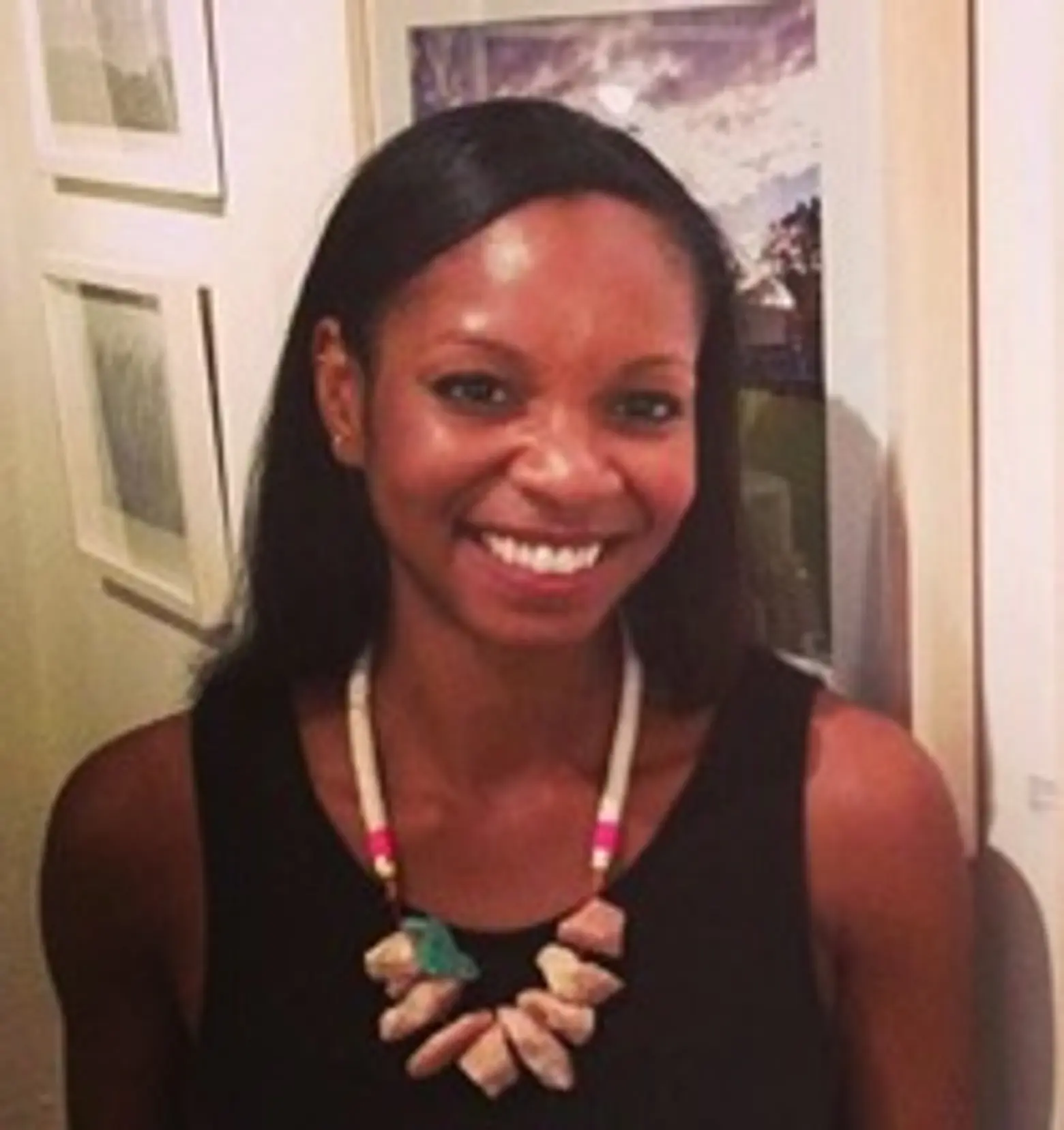 Krista Scenna is an independent curator and gallerist based in Brooklyn, NY. She earned her undergraduate degree in Art History & Spanish from the University of Pennsylvania and a graduate degree in interdisciplinary contemporary art from New York University’s Draper Program. Scenna has worked for the ICA in Philadelphia, the Queens Museum, the Whitney Museum of Art and New Museum of Contemporary Art in various capacities. She was also a 2010-11 Lori Ledis Curatorial Fellow. In addition to exhibitions at BRIC, NURTUREart and Lesley Heller Workspace, her curatorial portfolio also includes site-specific exhibitions in alternative forums such The Old Stone House, Vax Moto motorcycle garage, the DUMBO Arts Festival and SPRING/BREAK Art Show 2015-2016. As the co-owner of Ground Floor Gallery in Brooklyn, Scenna connects emerging artists with new art buyers. She is also a proud member of the Association of Women Art Dealers (AWAD) and serves on the board of Arts Gowanus.
Krista Scenna is an independent curator and gallerist based in Brooklyn, NY. She earned her undergraduate degree in Art History & Spanish from the University of Pennsylvania and a graduate degree in interdisciplinary contemporary art from New York University’s Draper Program. Scenna has worked for the ICA in Philadelphia, the Queens Museum, the Whitney Museum of Art and New Museum of Contemporary Art in various capacities. She was also a 2010-11 Lori Ledis Curatorial Fellow. In addition to exhibitions at BRIC, NURTUREart and Lesley Heller Workspace, her curatorial portfolio also includes site-specific exhibitions in alternative forums such The Old Stone House, Vax Moto motorcycle garage, the DUMBO Arts Festival and SPRING/BREAK Art Show 2015-2016. As the co-owner of Ground Floor Gallery in Brooklyn, Scenna connects emerging artists with new art buyers. She is also a proud member of the Association of Women Art Dealers (AWAD) and serves on the board of Arts Gowanus.
RELATED:
